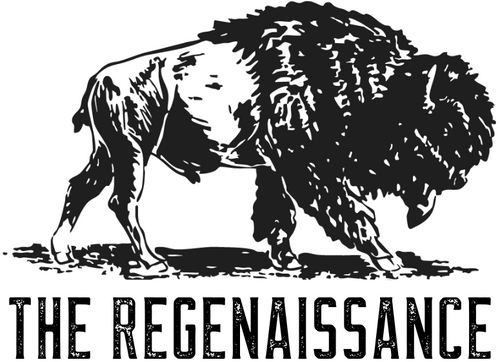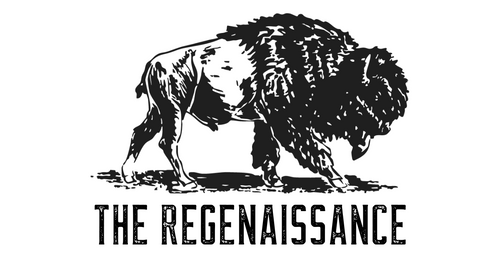Rebels, here’s the new frontier of farming
Across the U.S., flocks of sheep are quietly rewriting the story of renewable energy. Instead of diesel mowers and chemical sprays, solar companies are hiring farmers to graze sheep beneath their panels. It’s called solar grazing, and it’s becoming the most widespread form of agrivoltaics in America.
What Is Solar Grazing?
Solar grazing is the practice of using sheep to manage vegetation on solar farms. Sheep keep weeds and grasses from shading panels while fertilizing the soil with manure. Unlike cattle or goats, sheep are small enough to move under low-clearance arrays without damaging equipment.
For farmers, it means paid grazing contracts plus healthier flocks. For solar operators, it means lower maintenance costs and improved sustainability.
Adoption Is Surging Nationwide
-
In 2024, the U.S. counted over 113,000 sheep grazing 129,000 acres of solar sites, covering 18–26 gigawatts of capacity.
-
At least 20 states have solar grazing projects, with California and Texas leading in site numbers.
-
The Midwest and Northeast have the highest concentration of grazed sites, proving it’s not just a Sunbelt story.
-
The American Solar Grazing Association (ASGA) now connects 800+ members across 45 states, from small shepherds to major developers.
Solar grazing has officially moved from niche experiment to industry norm.
Farmers on the Frontlines
-
Rusty Cocke (Arizona): Runs 250 sheep on desert solar arrays, turning tumbleweeds into high-protein forage.
-
Cody Moore (Tennessee): Quit his job as a diesel mechanic to become a full-time solar grazier, managing 300+ ewes on 400 acres.
-
Kade & Morgan Hodges (Texas): Young ranchers rotating their flock across 1,000-acre utility solar sites, surviving drought thanks to grazing contracts.
-
Judy St. Leger (New York): Veterinarian-turned-farmer grazing 250 sheep on solar farms, calling it “a win-win” for agriculture and renewable energy.
Each story shows how solar grazing is making farming viable for a new generation.
Why It Matters: Environmental & Economic Gains
-
Farmers win: steady income from grazing contracts plus meat/wool production.
-
Solar companies win: cheaper vegetation control, stronger community support.
-
The land wins: sheep improve soil structure, boost biodiversity, and eliminate herbicides.
-
The climate wins: emissions drop as diesel mowing fleets are replaced by flocks.
One study ranked sheep grazing the most eco-friendly way to manage solar vegetation compared to mowing or herbicides.
Challenges to Scaling Up
-
Sheep supply: current U.S. flocks aren’t large enough to cover all planned solar acres.
-
Logistics: transporting animals to remote sites and managing rotational grazing takes labor and planning.
-
Land use debates: some critics argue grazing doesn’t fully offset farmland loss to solar.
-
Policy gaps: zoning and tax rules often don’t account for agrivoltaics, leaving farmers in limbo.
Still, momentum is on the side of the grazers—ASGA and pioneering developers are pushing for dual-use-friendly policies.
A Regenerative Future
Solar grazing embodies regenerative agriculture in action: animals restoring soil, farmers staying on the land, and renewable energy becoming more than an extractive industry. Instead of dividing food and energy, sheep are stitching them together.
It’s rebellious. It’s farmer-led. And it’s proof that even in a world of high-tech solar panels, the humble sheep still has a role in shaping America’s future.
Rebels, want to keep stories like this in the spotlight? Join the Regenaissance newsroom. Every subscription fuels more reporting from the frontlines of food freedom.





